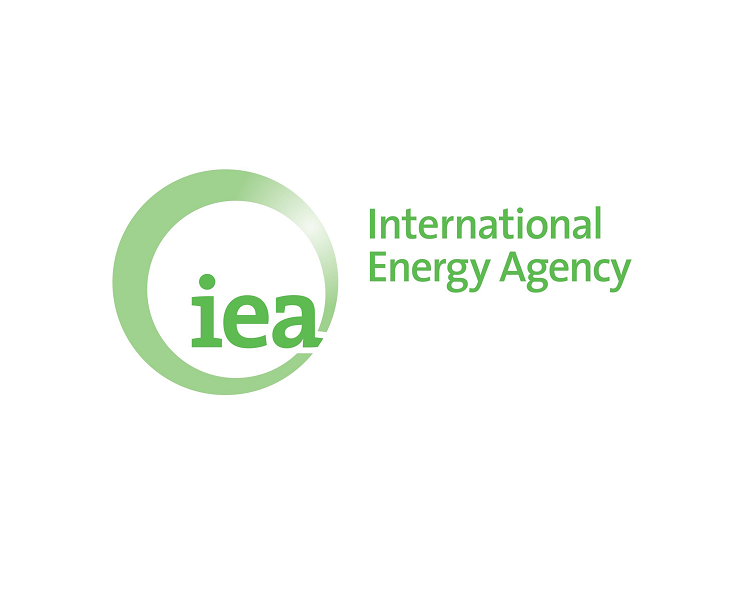Balanced scenarios on the future of nuclear power: thoughts from IEA expert meetings
The IEA is producing two detailed assessments on nuclear energy in the coming months. The first, a chapter in their vaunted World Energy Outlook, will examine in detail the prospects and challenges to nuclear energy going forward. The second, produced jointly with NEA, will update their Technology Roadmap series, examining options and impediments to scaling nuclear around the world.
I participated in two days of expert meetings on the documents in April, and have summarized my thoughts and suggestions to IEA in this memo.
The discussions were interesting in many ways. The participants, largely composed of government officials involved with country nuclear power issues, and industry trade associations and vendors, continue to have an unwavering faith in the ability of their technologies to serve low carbon power to the world. This part was not a surprise: these are the folks who should believe in their product.
More surprising was how quickly they dismissed some of the significant challenges the industry has faced over the past few years (the Fukishima accident, large cost overruns at all plants being constructed in the West, pricing pressure from natural gas plants, and challenges obtaining private finance) as being unimportant or somebody else's fault. There continued to be a strong belief as well that learning curves would quickly bring reactor and construction costs down; and that new technologies (including small modular reactors and a variety of alternative fuel cycles) would increase the sector's market share going forward while making nuclear energy cheaper and safer.
When participants discussed subsidies, they were focused solely on subsidies to renewables. Without irony, some of the participants stated in one comment that nuclear itself was not subsidized and in another talked of the importance of government guarantees to nuclear construction on a massive scale. The belief that nuclear was the only viable mechanism to provide large scale, low-carbon power was also widespread.
This perspective was particularly striking to me given the long time horizon being discussed. The scenarios included new plant starts through 2050, which, with operating lives of at least 40 years means the solutions being proposed will span three quarters of a century. The technical change that will occur during this period will be stunningly large -- think how much has changed since 1939, 75 years ago. It is hard to believe that nuclear's main competitive advantage over other low-carbon resources (i.e., it is not intermittent) won't be solved during the next few decades; and if it is solved, I'd hate to have national governments guaranteeing trillions of dollars of nuclear debt. Whereas the nuclear buildout scenarios involve roughly 1,000 new reactors, the pressure for improved power storage will be coming from many different sectors (primarily consumer electronics and phones, electric vehicles, and power storage) with unit counts in the billions. The range for innovation, incremental technical change and improvement, and cost reductions will be vastly larger than in the nuclear sector.
I'm all in favor of a core group of dedicated believers in nuclear trying to remake the industry, making it safer, cheaper, and more convenient. But this blindness to their own subsidies, and to the fact that multiple pathways that exist to reduce carbon in the economy, is both puzzling and unhelpful. My view on this has been quite consistent: if nuclear energy is to be a carbon panacea as it claims, it must prove it in the competitive marketplace, without the massive government support around the world that the industry seems to view as its birthright.


